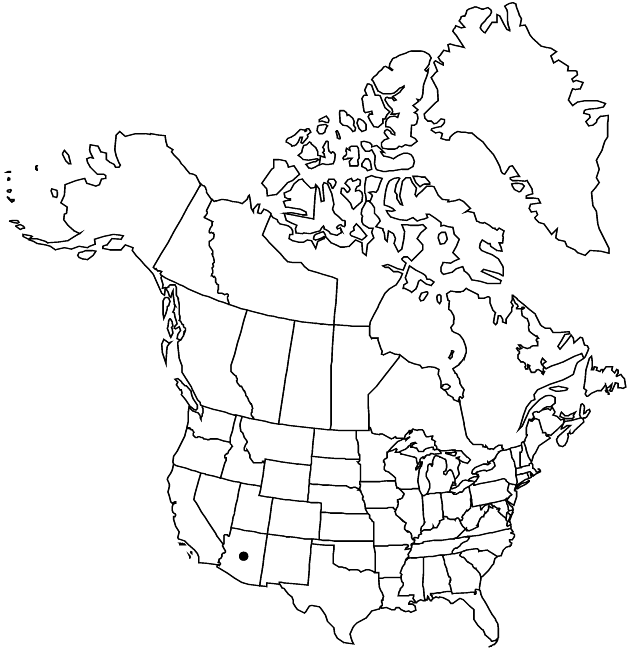Erigeron kuschei
Proc. Calif. Acad. Sci., ser. 4, 20: 158. 1931.
Perennials, 5–15 cm; rhizomatous, fibrous-rooted, primary rhizomes slender, lignescent, sometimes herbaceous, leafy (like runners), producing terminal rosettes, apparently without central axes. Stems ascending (greenish), sparsely pilose (hairs spreading-ascending), strigose proximally, eglandular. Leaves basal (persistent) and cauline (petioles 1/2–2/3 lengths of blades); basal (greenish) blades spatulate, 10–60 × 3–10 mm, margins entire, faces sparsely strigose, eglandular; cauline (restricted to proximal 1/2 of stems) blades lanceolate to elliptic (bases subclasping). Heads 1 (–4) (from branches distal to midstem). Involucres 4–5 × 8–10 mm. Phyllaries in 3–4 series (erect, apices appressed), margins ciliate, midveins sparsely hirsute (hair cross-walls not colored), densely minutely glandular. Ray-florets 32–45; corollas white, 8–11 mm, laminae slightly coiling. Disc corollas 2.5–3 mm. Cypselae ca. 1.6 mm, 2-nerved, faces sparsely strigose; pappi: outer of setae, inner of 15–19 bristles.
Phenology: Flowering Jun–Aug(–Oct).
Habitat: Crevices and ledges, cliff bases, outcrops, usually facing north, commonly in moss carpets, pine, mixed conifer forests
Elevation: 2100–2900 m
Discussion
Of conservation concern.
Selected References
None.
